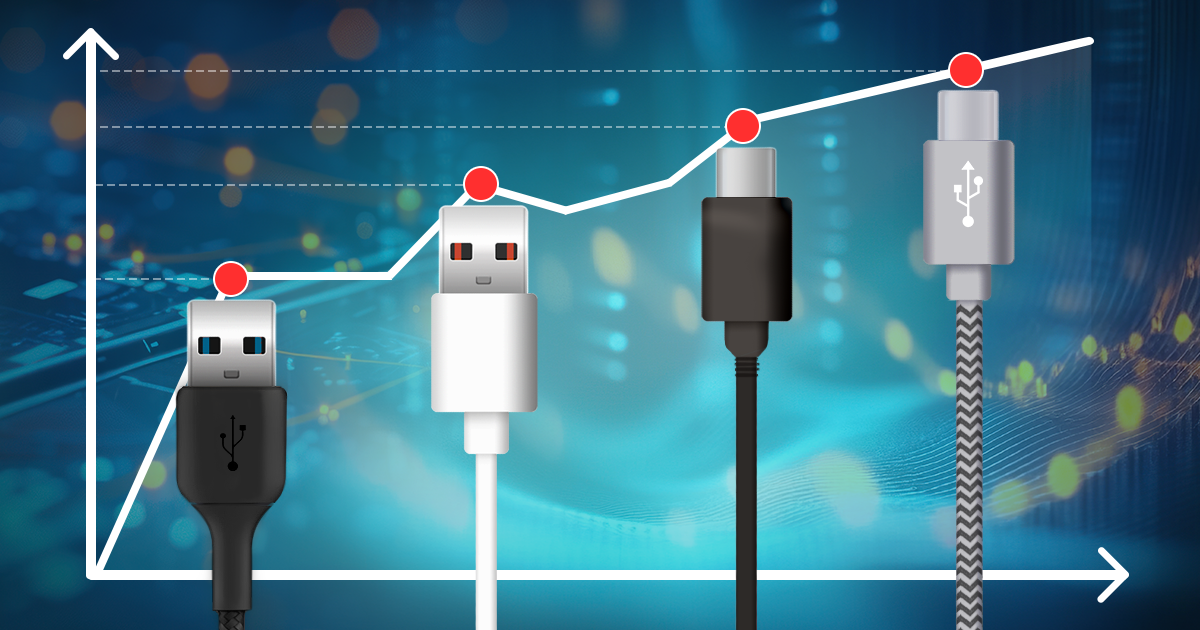October 17th, 2025 by Elcomsoft R&D
As we outlined in the previous article (Effective Disk Imaging: Ports, Hubs, and Power), it’s better to connect external USB-C devices (such as adapters and especially write-blockers) to a USB-C port that complies with at least the USB 3.2 Gen2 specs (10 Gbit/s). But what if your computer only has USB-A ports, or only a USB-A port is free? Obviously, you’ll need a USB-C to USB-A cable – but you’ll need to choose the right one very carefully, and that’s not the only thing that matters.
Read the rest of this entry »

